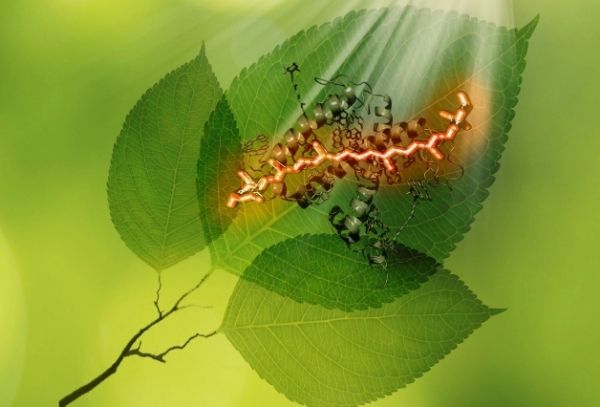Green plants capture light that spans the visible solar spectrum, and while a broad spectral range is required for sufficient absorption, the process requires energy to be funneled rapidly and efficiently downhill to drive charge separation and water splitting. Carotenoids, the accessory pigments in photosynthesis, play light harvesting, photoprotective, and structural roles.
Understanding these roles, however, has proved to be a challenge due to the fact that carotenoid's energetics are highly sensitive to their environment.
Now a team led by Thomas D. and Virginia W. Cabot Career Development Assistant Professor Gabriela Schlau-Cohen has discovered that a single carotenoid — LHCII — in the major antenna complex of green plants serves as the nexus of light harvesting by accumulating energy and transferring it through a debated dark state. These photophysics reveal how plants expand their capacity to capture and utilize solar energy.
Read more at Massachusetts Institute of Technology
Image: Researchers mapped out pathways of energy flow that connect the high energy side of the absorbed solar spectrum to the low energy side. Image courtesy of the researchers


